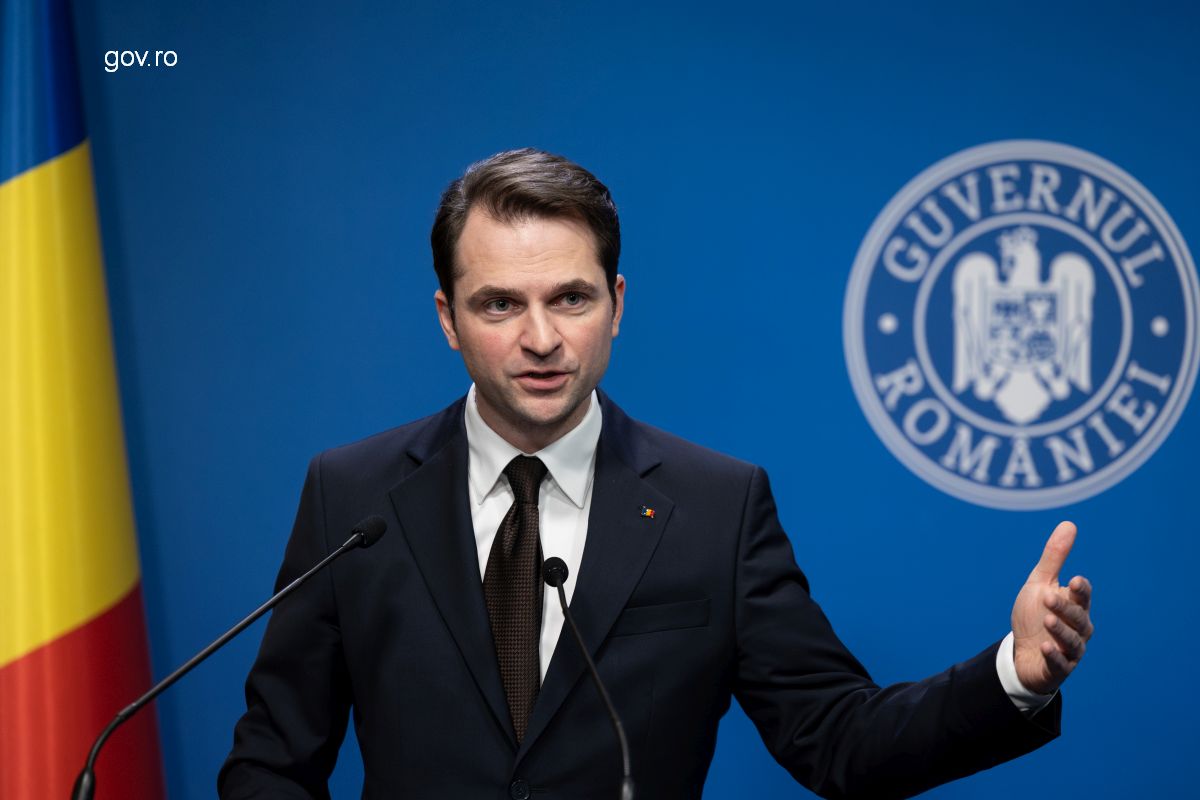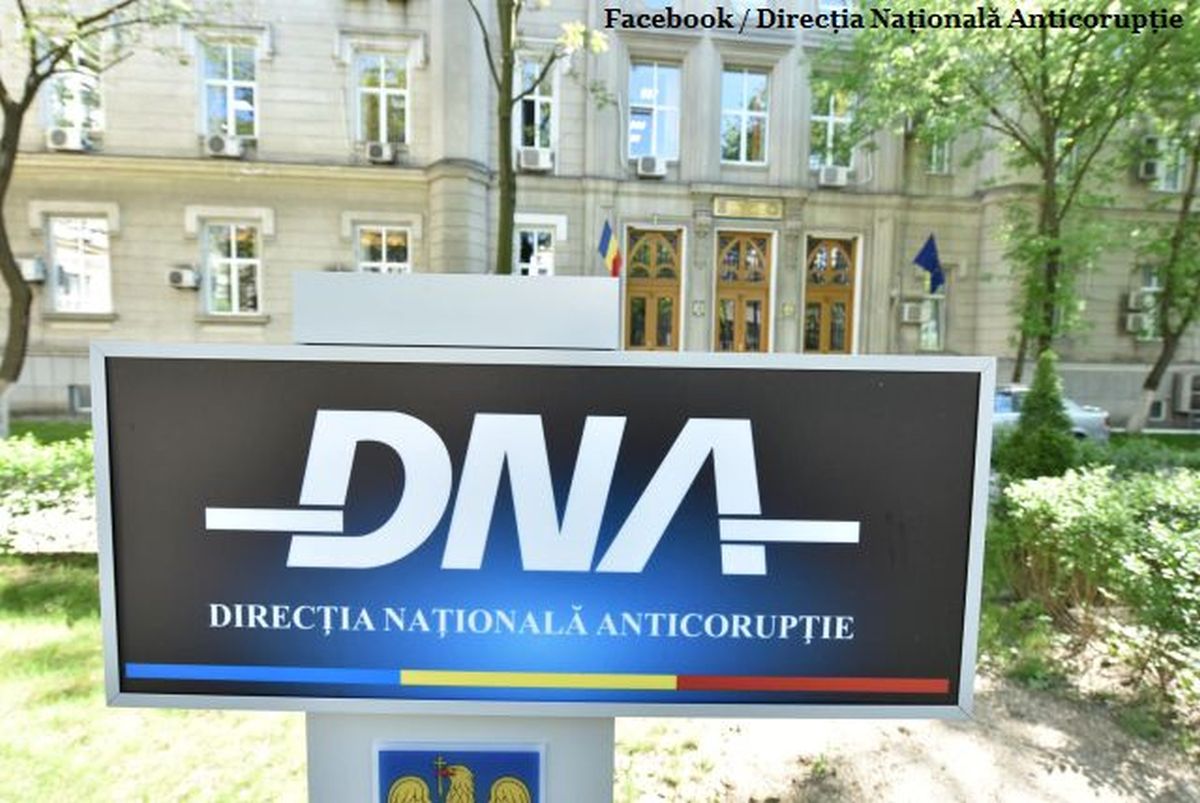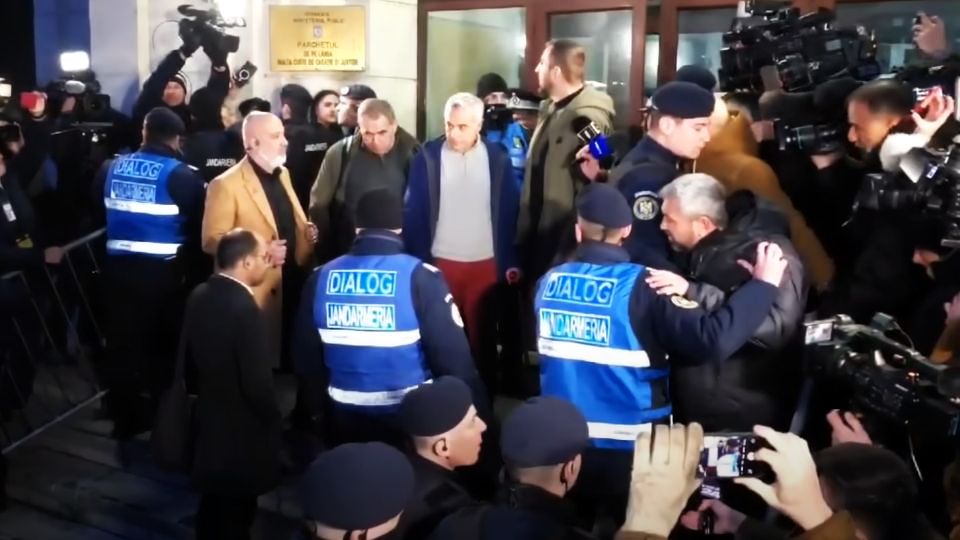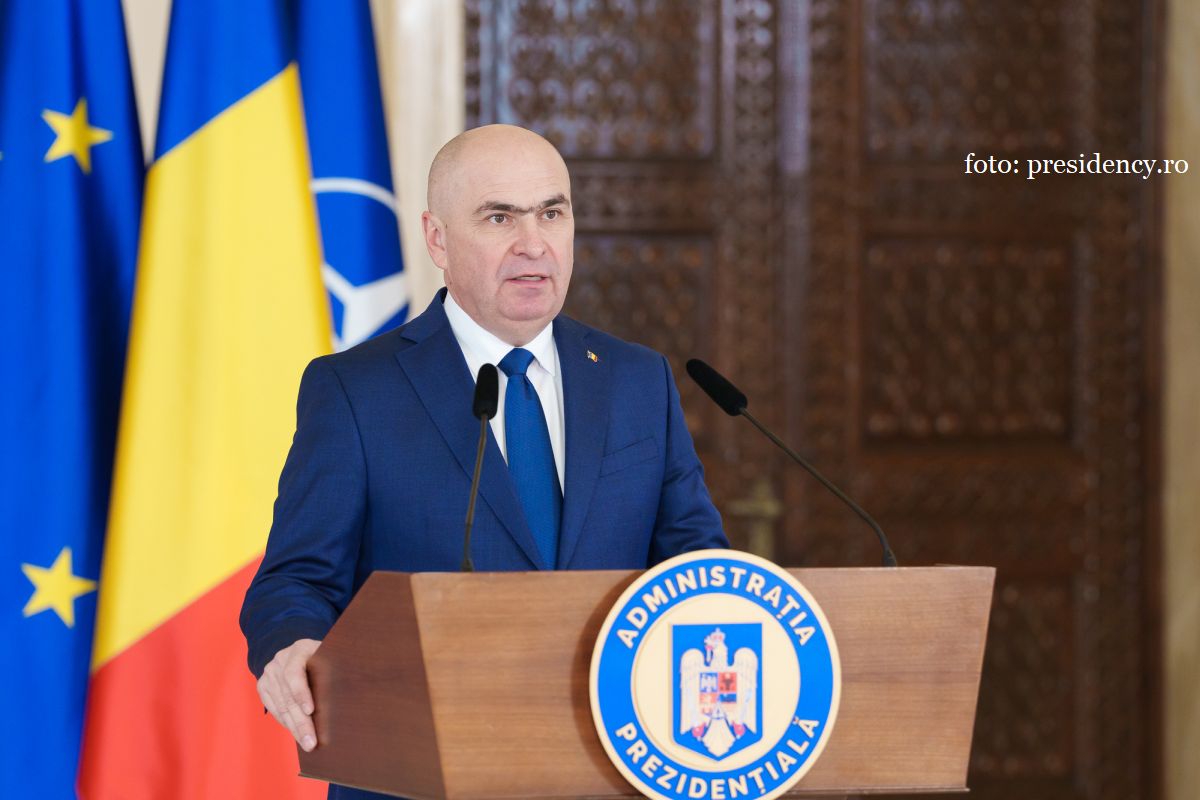The Calafat Vidin Bridge and Regional Development
The Calafat-Vidin bridge, the second largest bridge between Romania and Bulgaria, on Friday became part of the European road circuit.

Leyla Cheamil, 14.06.2013, 17:02
After 60 years since the inauguration of the first bridge over the Danube between Romania and Bulgaria, the second one is open for circulation starting Friday. Although the idea of a bridge linking the Romanian town of Calafat to the Bulgarian town of Vidin goes back to 1925, it was only in 2000 that Bucharest and Sofia signed an agreement on the construction proper.
7 years passed by before the works started, and the project was awarded to a Spanish construction company. The total investment exceeds 220 million Euros, money that comes from the EU, the European Investment Bank, the French Development Agency and the German Credit Institution for Reconstruction. Built on a segment of the Danube where the river is 1 thousand 3 hundred meters wide, the bridge is approximately 2 kilometers long, has 4 lanes, a railroad, two sidewalks and a bike lane. It is the longest such construction over the Danube.
Crossing it on this bridge will be faster and cheaper than with the ferryboat. Moreover, its importance in the region is significant, as it connects the southwest of Romania to the northwest of Bulgaria and it is part of the pan-European corridor linking Dresden to Istanbul. The bridge facilitates road and rail transportation on the southern flank of the 4th Pan-European corridor and a rapid interconnection of the south-European axes to the big European transport corridors.
A joint Romanian — Bulgarian company will manage the bridge and collect the tolls. Pedestrians and bicyclers, as well as ambulances and vehicles used by firefighters and police will be exempt from paying any toll. This week, the Romanian and Bulgarian governments have approved all fees, which will range from 6 to 37 Euros, depending on the type of vehicle that crosses the bridge.
Bucharest and Sofia would like to build another bridge connecting Calarasi and Silistra, following an agreement between the Romanian President Traian Basescu and his Bulgarian counterpart Rosen Plevneliev in Bratislava, at the summit of the Central European heads of state. The two countries will look for various options to fund the project from structural funds, under the cross-border cooperation program and the Danube Strategy. Actually, the second annual Danube Strategy Forum will this year be held in Bucharest, on the 28th and 29th of October.






























